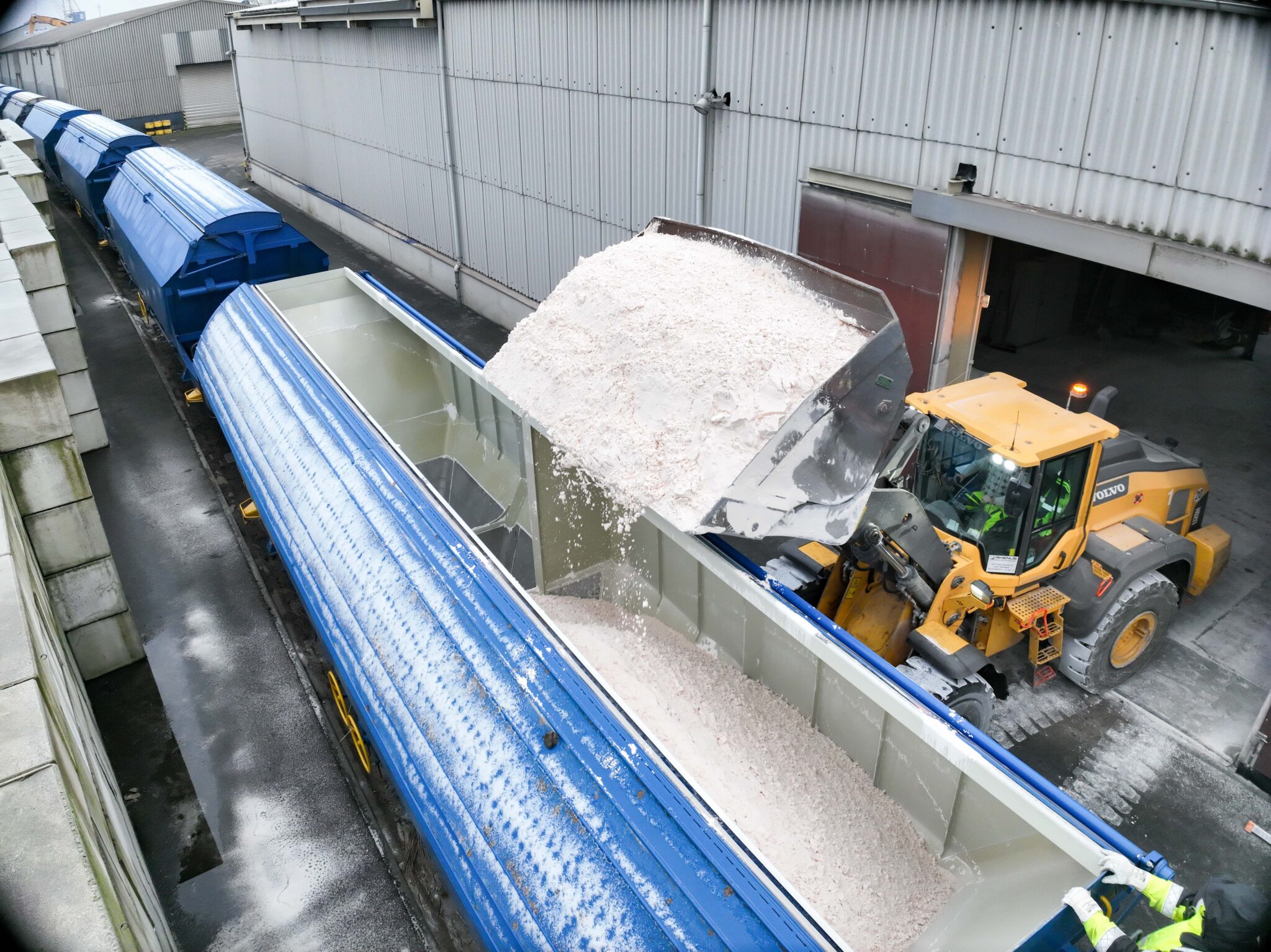Surprisingly, this shadow supply chain uses all of the same components as the legitimate one, from route planning to warehousing, with stolen goods marketed and sold using legitimate platforms to unsuspecting buyers. Freight insurance provider TT Club is promoting awareness of this supply chain ‘Black hole’.
Much freight crime is perpetrated by organised crime with profit, similar to commercial businesses as the ultimate aim. The process of storage, transport, distribution and marketing of stolen goods often shadow those of legitimate supply chains with criminals acquiring sophisticated logistics skills. Their knowledge assists them in targeting shipments at a multitude of points; from truck hijackings to pilfering items from unsecured warehouses. Needless to say such theft not only results in significant financial losses but also disrupts the flow of goods, leading to delayed deliveries and dissatisfied customers.
“At TT we are striving to highlight the responsibility that landlords in particular have to properly vet tenants of storage facilities and how they can prevent their properties being used to warehouse stolen goods” says Josh Finch.
“In a recent operation, police in the UK discovered a warehouse, at a location in Bradford that held hundreds of pallets of stolen goods. With the assistance of the National Vehicle Crime Intelligence Service (NaVCIS) the goods found were linked to known cargo theft incidents which spanned the previous six years and amounted to several million pounds in value,” continues Finch.
“The warehouse itself was an unassuming commercial unit, which blended seamlessly with other legitimate businesses and exemplifies the duty landlords have to ensure that the sites they own and lease are not being used by their tenants for illegal purposes.”
TT Club is endeavouring to pinpoint the warning signs, and the nature of due diligence that is essential in preventing such properties from being exploited by criminals. Such measures include:
• Background checks to scrutinize the business operations, financial stability, and track record of potential tenants
• Inspection of premises regularly to ensure they are being used for legitimate purposes
• Monitoring tenant activity, employing modern monitoring technologies, such as security cameras and access control systems
• Collaborating with law enforcement at a local level to share information and report any suspicious activity promptly
• Review lease agreements to include clauses specifying the permissible uses of the property and outline the consequences for illegal activities
• Engagement of professional services such as security experts with experience in identifying and preventing criminal activities
Increasing evidence from law enforcement agencies is confirming that a shadow supply chain operates alongside the legitimate transport of goods, using all of the same components from route planning to warehousing, with stolen goods marketed and sold using legitimate platforms to unsuspecting buyers.
“As TT helps operators to navigate the complex world of cargo theft and freight crime, it becomes increasingly clear that shedding light on this black hole requires a collective effort from all stakeholders in the supply chain, from law enforcement agencies to warehouse landlords. Only through such collaboration can we hope to mitigate this ongoing threat and safeguard the integrity of the supply chain,” concludes Finch.







